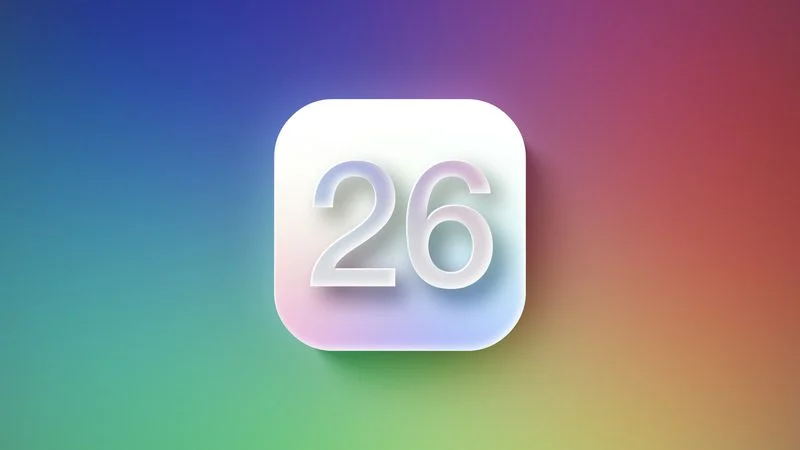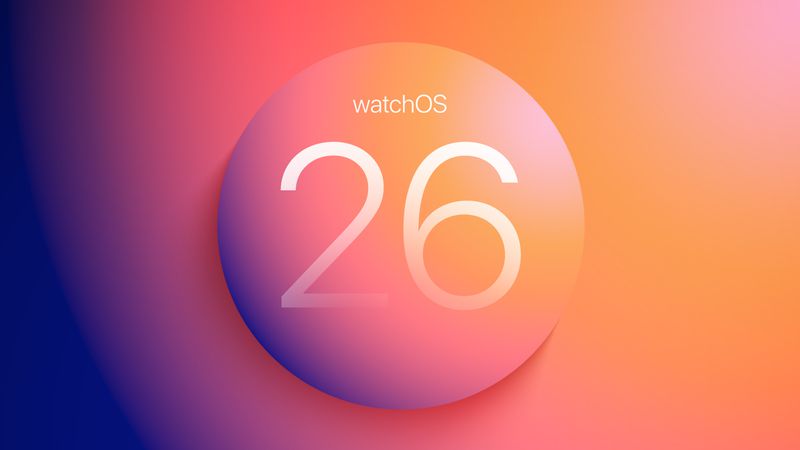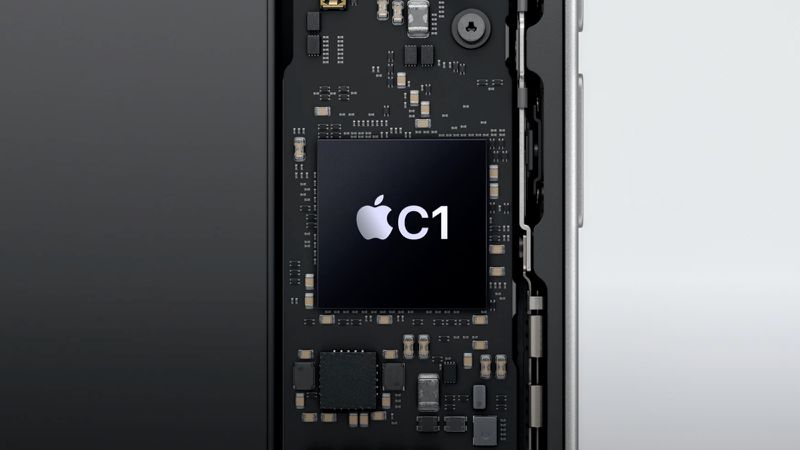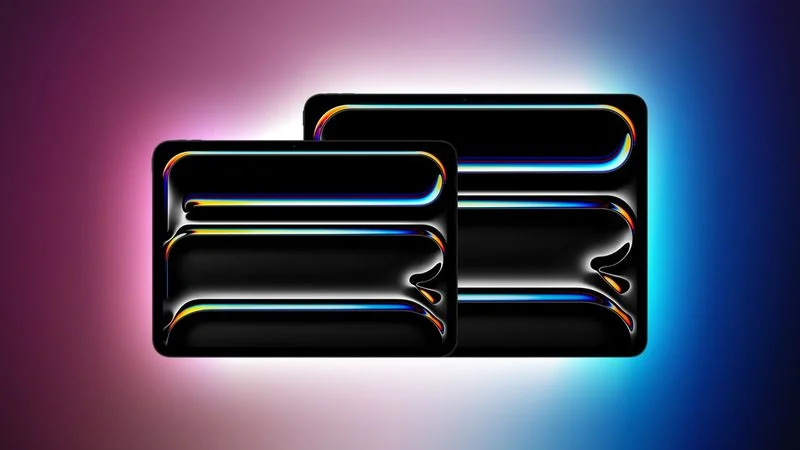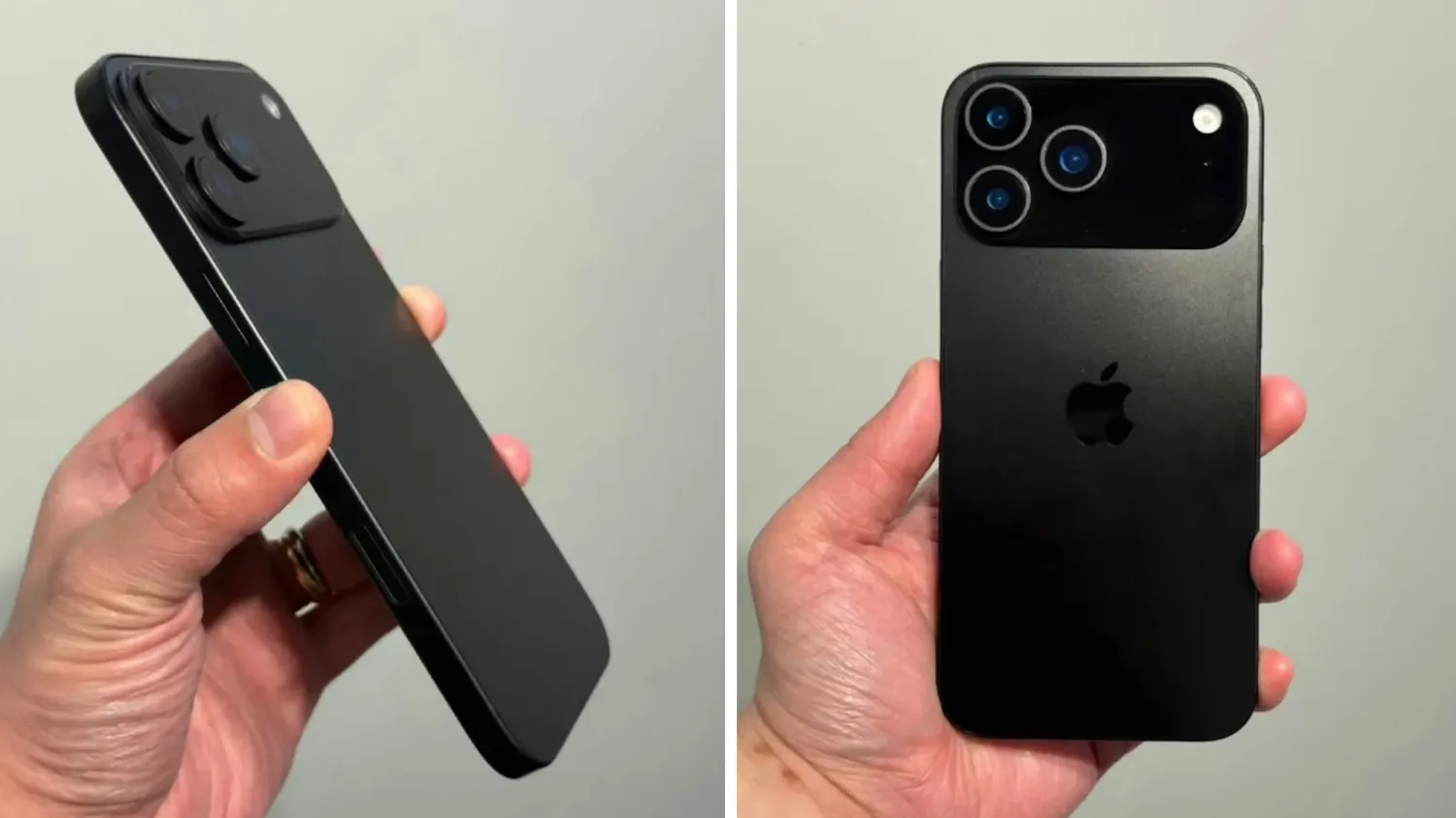Apple has exciting plans for its Vision products and smart glasses, according to analyst Ming-Chi Kuo. These plans stretch until 2028, with several new devices on the way. Here’s a simple breakdown of what’s coming. In 2025, Apple will release an updated Vision Pro with a new M5 chip.
This version won’t have major changes and isn’t considered a second-generation model. It’s expected to start production in the third quarter, with Apple aiming to ship 150,000 to 200,000 units. This device will stay a niche product, helping Apple keep its place in the market and use up extra parts.
No new Vision or smart glasses products are planned for 2026. However, 2027 will bring Apple’s first smart glasses, similar to Meta’s Ray-Bans. These glasses will have multiple frame and temple options for a custom look. They won’t have a display but will include voice control, gesture recognition, audio playback, a camera for photos and videos, and AI to understand the environment around you.
Looking ahead to 2028, Apple is working on a Vision Air, a lighter and cheaper version of the Vision Pro, and new XR glasses with advanced features. Kuo says five of these projects have set timelines, while two are still being finalized. Apple’s focus on smart glasses could spark the next big trend in consumer tech, blending style, AI, and practical features.

